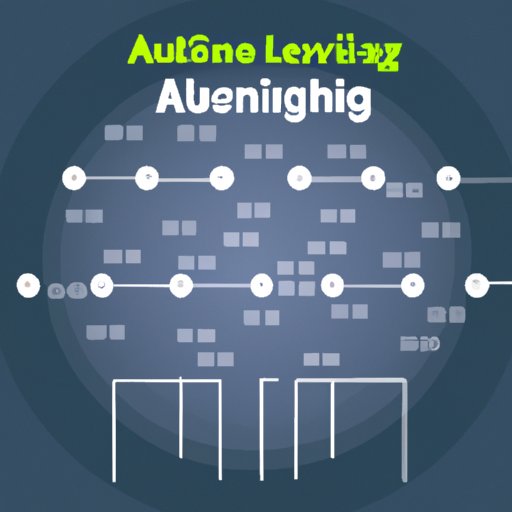Introduction
Artificial intelligence (AI) is rapidly changing the way humans interact with technology. From virtual assistants to autonomous vehicles, AI has become an integral part of modern life. One area where AI has made great strides is in the world of gaming. AI algorithms are now capable of playing a variety of games, from chess to Go, at a professional level. But how exactly does one go about training an AI to play a game? This article will provide a step-by-step guide on how to do just that.

Identifying the Game and Rules
The first step in training an AI to play a game is to identify the game and understand its rules. This can be done through research, such as reading books or articles, watching videos, or talking to people who have experience with the game. Once the game has been identified and its rules understood, it’s time to move on to the next step.
Research Existing AI Techniques
Once the game has been identified and its rules understood, the next step is to research existing AI techniques. This can involve exploring different strategies that have been used to teach AI algorithms to play the game. Examples of these strategies include Monte Carlo tree search, deep reinforcement learning, and evolutionary algorithms. Examining examples of AI playing the game can also provide insight into how best to approach the task of teaching an AI to play the game.
Breaking Down Components for Modeling by AI Algorithms
The next step is to break down the components of the game into elements that can be modeled by AI algorithms. This involves identifying key elements of the game, such as board position, pieces, and moves, and determining how to represent these elements in algorithms. This could involve using data structures such as graphs and trees to represent the game state and decision points, or utilizing machine learning techniques such as neural networks to model the behavior of opponents.
Developing an Algorithm
Once the components of the game have been identified and represented in algorithms, the next step is to develop an algorithm that can learn to play the game. This involves establishing a goal and reward system, which will determine how the AI will make decisions. It also involves utilizing supervised and unsupervised learning techniques, such as reinforcement learning and genetic algorithms, to teach the AI how to play the game.
Testing and Refining the AI’s Performance
The final step is to test and refine the AI’s performance. This involves conducting trials and evaluating results, as well as making changes to the algorithm and refining it based on the results. For example, if the AI is not performing at a satisfactory level, adjustments can be made to the reward system or the AI can be trained on more data. This process should be repeated until the AI is able to consistently perform at a high level.
Conclusion
Training an AI to play a game can be a complex and time-consuming process. However, with the right approach, the process can be broken down into manageable steps. By first researching the game and understanding its rules, then exploring existing AI techniques, breaking down components for modeling by AI algorithms, developing an algorithm, and testing and refining the AI’s performance, it is possible to create an AI that can play a game at a professional level.
(Note: Is this article not meeting your expectations? Do you have knowledge or insights to share? Unlock new opportunities and expand your reach by joining our authors team. Click Registration to join us and share your expertise with our readers.)
